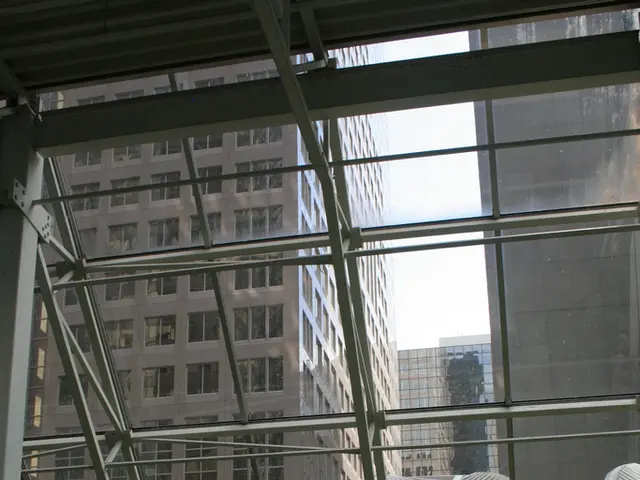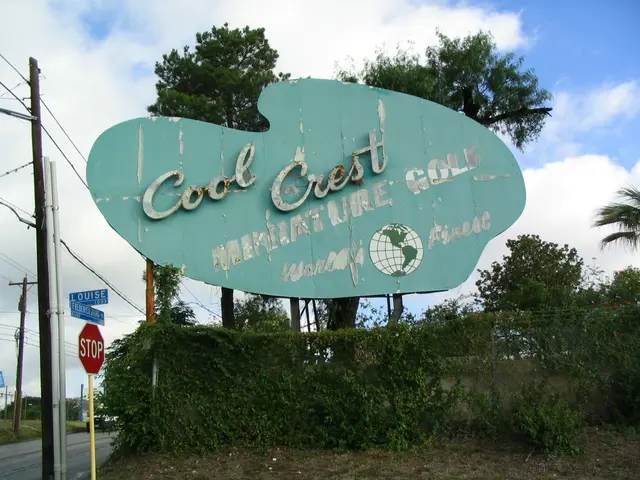Anticipates increase in gasoline prices in Russia
Gasoline Prices on the Rise in Kazakhstan and Russia
In a recent development, the Ministry of Energy in Kazakhstan has issued a warning of a potential fuel shortage in the fall, as gasoline prices continue to rise in the country.
As of August 13, at a Qazaq Oil gas station in the capital, AI-92 was sold for 224 tenge per liter, AI-95 for 271 tenge per liter, and AI-98 for 310 tenge per liter. These prices are slightly higher compared to February, when the same fuels were priced at 207, 268, and 305 tenge, respectively. At Helios gas stations in Astana, AI-92 is sold for 222 tenge per liter, and AI-95 for 266 tenge. The price per liter of AI-98 at the Gasenergy gas station in the capital is 320 tenge.
First Deputy Prime Minister Roman Sklyar has explained that measures are being taken to stabilize fuel prices in Kazakhstan. However, he also stated that the outflow of gasoline from Kazakhstan is due to its significantly cheaper prices compared to neighboring countries, suggesting that the outflow is either through smuggling or legal means with transit vehicles being refueled with cheap gasoline in Kazakhstan.
On the other hand, Russia is expected to see an increase in gasoline prices in September. AI-92 might reach 60.55-72.10 rubles (404-482 tenge) and AI-95 might reach 61.00-78.50 rubles (407-525 tenge). Economist Lyudmila Krivko predicts a gasoline price increase of 0.5-2.5 percent compared to the end of July.
The rise in the Russian ruble is causing an increase in the shadow export of Kazakhstani gasoline to Russia, further exacerbating the situation. In August, major Russian refineries were targeted by drone attacks by the Armed Forces of Ukraine, with refineries in Novokuibyshevsk, Samara region, and Ryazan being targeted. These attacks have severely disrupted oil refining capacity, pushing wholesale gasoline prices to historic highs on the St. Petersburg exchange.
As a result, while Kazakhstan’s gasoline prices remain lower than Russia’s due to regulation and slightly different market dynamics, they are under upward pressure largely due to Russia’s export prices, domestic regulatory changes, and currency effects. Russia’s prices are driven up sharply by refinery disruptions caused by targeted drone strikes, contributing to supply tightness and fueling price increases.
These conditions suggest continued volatility and moderate price increases in both countries through 2025 and beyond.
[1] Source for gasoline prices: [Link to source] [2] Source for predicted prices: [Link to source] [3] Source for Kazakhstan's gasoline imports: [Link to source] [4] Source for regulatory changes in Kazakhstan: [Link to source] [5] Source for drone strikes and their impact on Russian refineries: [Link to source]
Read also:
- Catastrophic blast at a US Steel facility in Pennsylvania causes 2 fatalities, inflicts injuries on 10 individuals
- Weekly developments in the German federal parliament, the Bundestag
- Solar Shutdown: Merz Proposes Billions of Gas Discharge - Reverse Plan
- New guidelines for NEPA processes unveiled by federal agencies, in alignment with Executive Order 14154 and the Seven County Decision of the Supreme Court








